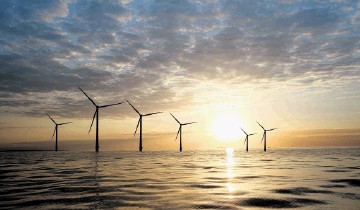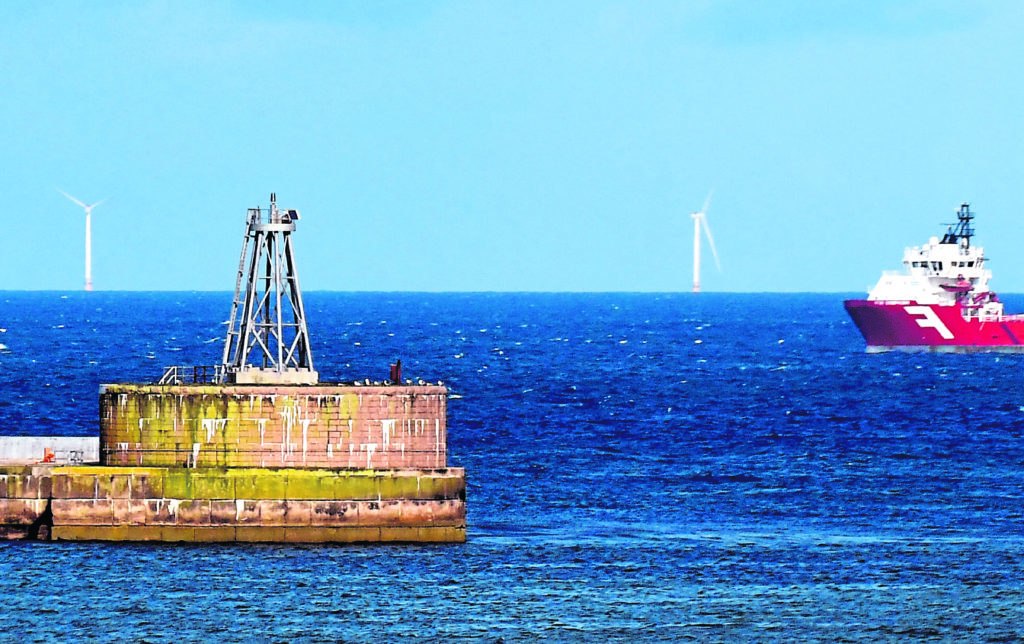
Europe’s oil and gas majors could access a wide pool of investors and “unlock value” by spinning off their renewables assets in initial public offerings (IPOs).
However, a new report has warned that doing so misses the wider decarbonisation issue, potentially compromising firm’s energy transition goals and making them less attractive to many shareholders.
HSBC has analysed the various options open to European majors to “fund and monetise their renewable power businesses”.
It follows suggestions in recent months that operators should explore turning their green assets, which are undervalued as part of the parent company, into separate entities.
Of the three majors that held investor days in the second half of last year, only Repsol is considering an IPO of its renewables arm, while Total has ruled it out and BP didn’t address the issue.
However, HSBC pointed out that green energy stocks were “on a tear” in 2020, with the “S&P Global Clean Energy index up 138%”over the course of the 12 months.
Accordingly, there is currently “very strong” investor appetite for “pure play” clean energy stocks.
The report, which is entitled ‘Big Oils and Climate’, highlighted the share price of Aker Offshore Wind, which has more than tripled since its IPO in August last year.
HSBC has predicted that “the value of a renewables business could be roughly five to six times higher if it sits outside an oil major”.
This could justify selling off minority stakes, especially if the goal is to raise fresh equity.
According to the research the right time to spin off assets is likely to be in a year’s time after firms have been able to bring some of their projects onstream.
However, despite the financial benefits of an IPO, HSBC has warned oil and gas majors that divesting their renewables assets may not be the right course of action.
It said that IPOs “reduce exposure to low-carbon electricity” making it harder for companies to decarbonise their operations.
Whether disposing renewables assets makes the parent company “less attractive as an investment proposition” was also highlighted as an area for consideration.
HSBC said: “The presence of fast-growing low-carbon businesses within oil major companies could well be one of the only elements keeping them ‘investable’ in the eyes of many shareholders”.
It did recognise that companies in other sectors, such as oilfield services, have spun off their clean energy wings with little backlash from investors.
But HSBC argued that the position of non-hydrocarbon producers is “fundamentally different” because of their respective environmental footprints.
Farming out assets
As well as analysing the potential pros and cons of an IPO, HSBC studied the opportunities presented by farming out assets to a third party for development.
It said this could present a “faster and less complex” alternative, which would also allow majors to acquire new skills from its partner.
HSBC pointed out that BP’s offshore wind alliance with Equinor was only partly to build technical competences in the area.
It said the Norwegian energy giant also sees value in the partnership on other levels, specifically BP’s knowledge of the US offshore environment.
Moreover, farm-downs to BP and ENI by Equinor could lead to collaboration in other areas of the energy transition, such as hydrogen and carbon, capture, utilisation and storage.
Such industrial partnerships would not be available in the case of an IPO as assets would be snapped up by institutional investors, according to HSCB.
Again the report cautioned that farming down too much of the renewables business could compromise Europe’s oil and gas majors’ “overarching goal of decarbonising their energy mix”.
In order to avoid this outcome, companies could plough “all the sales proceeds back into other renewable projects”.
HSBC said this approach would allow them to “reach their initial renewable capacity targets”, but with “higher portfolio diversification and lower asset concentration”.
The report stated: “Equinor has executed three recent farm-downs and reduced exposure in offshore wind assets, including its US East Coast projects which were fully-owned prior to the 50% sale to BP for USD1.1bn.
“Each farm-out created value for Equinor and lifted equity returns on our estimates. That said, Equinor still needs to convince the market that its targets of 4-6 GW of net capacity by 2026 and 12-16 GW by 2035 are achievable following the substantial dilution in its renewables pipeline.”
Securing finance
HSBC also suggested alternative funding avenues that are available, including “off balance sheet project financing”.
It said that “equity – no matter how cheap it is – is always more expensive than debt” and that finance is “easily available” if power purchase agreements are in place.
An alternative way to fund renewables capex would be to free up cash from upstream and downstream activities.
It’s claimed that could support projects for the next decade while the “low-carbon business is free cash negative”.
The report said: “Indeed, Total believes the oil majors’ financial ability to self-finance growth in renewables is a key competitive advantage compared to small independent developers and other market participants.”
Recommended for you


